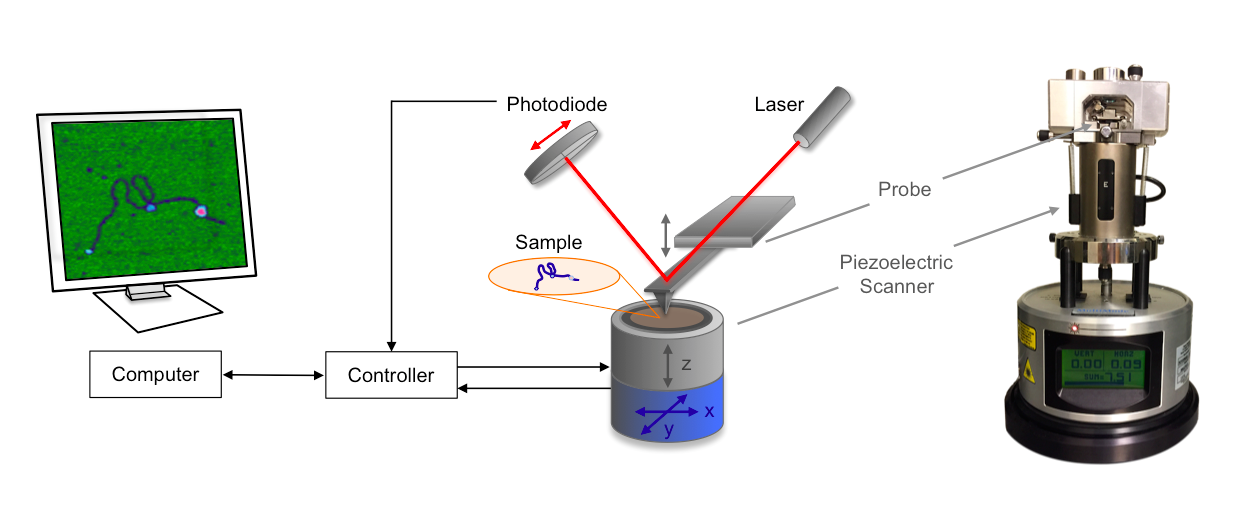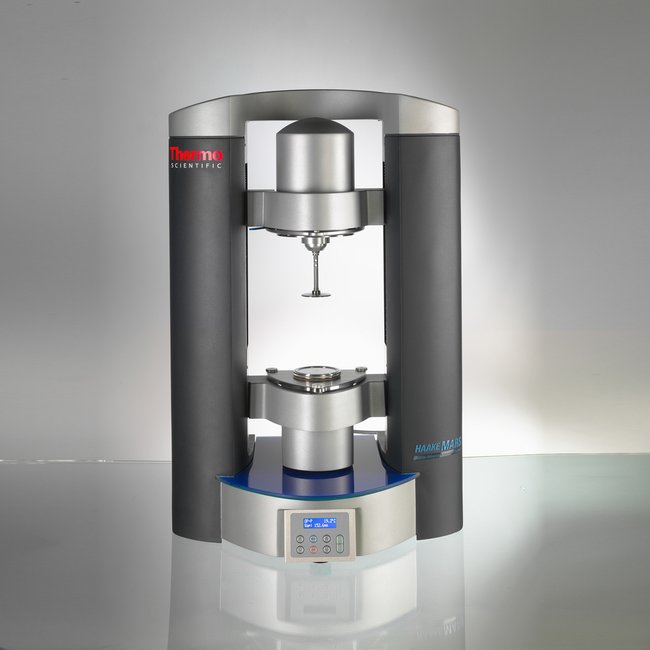CONTACT US
Characterizing the healing efficiency of epoxy adhesives is critical to evaluate the effectiveness of the self-healing mechanisms and to optimize the adhesive formulation. Several characterization methods are employed to assess the healing efficiency of epoxy adhesives. Some common methods include:
1. Optical microscopy: Optical microscopy enables the observation of crack closure and the healing process in epoxy adhesives. The cracks, before and after healing, can be imaged and measured to determine the extent of healing. Microscopy techniques such as bright-field, dark-field, or confocal microscopy can be utilized.

2. Scanning electron microscopy (SEM): SEM provides high-resolution images of the surface morphology of epoxy adhesives. SEM can reveal details of crack propagation, the presence of healing agents, and the healing process. Cross-sectional analysis can also be performed to visualize the internal structure and healing efficiency of the adhesive.
3. Atomic force microscopy (AFM): AFM is a technique used to analyze the surface topography and mechanical properties of epoxy adhesives. It can be used to assess the roughness of the adhesive surface, measure crack depths, and evaluate the healing ability of the adhesive.

4. Differential scanning calorimetry (DSC): DSC measures the heat flow associated with phase transitions or chemical reactions in epoxy adhesives. It can be used to monitor the healing process by detecting the heat released or absorbed during the healing reactions. DSC can provide information on the healing kinetics and the extent of healing.

5. Mechanical testing: Mechanical tests, such as tensile or bending tests, can be performed on epoxy adhesives to assess their mechanical properties before and after healing. The mechanical strength and stiffness of the adhesive can be evaluated to determine the improvement in properties due to healing.
6. Rheological analysis: Rheological analysis measures the flow and deformation behavior of epoxy adhesives. Dynamic mechanical analysis (DMA) can be used to evaluate changes in viscoelastic properties, such as storage modulus and loss modulus, due to healing. This analysis can provide insight into the healing efficiency and restoration of adhesive properties.

These characterization methods can be used individually or in combination to comprehensively assess the healing efficiency of epoxy adhesives. It is important to select the most appropriate techniques based on the specific objectives and properties of the adhesive being evaluated.